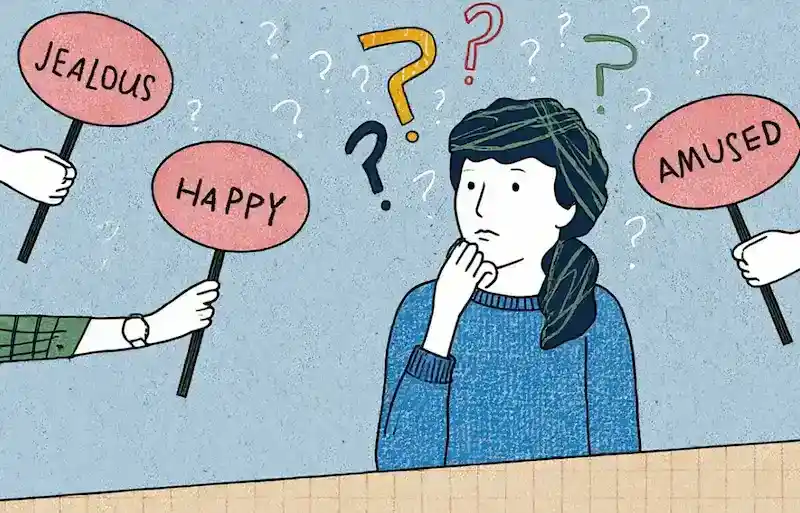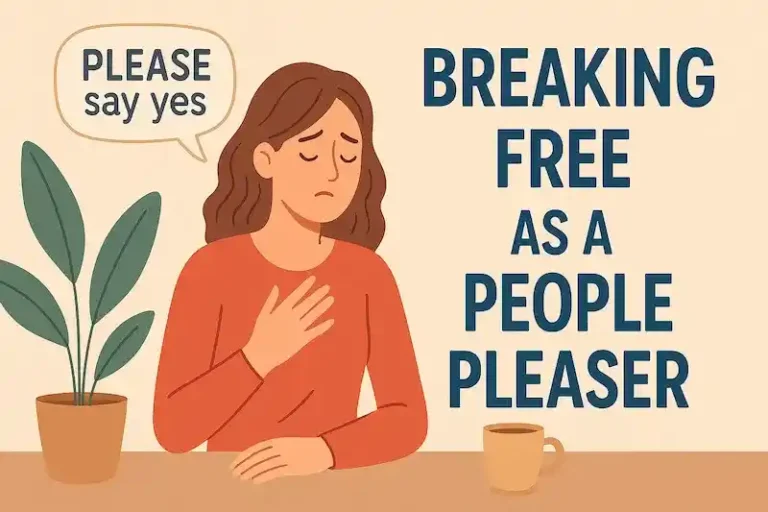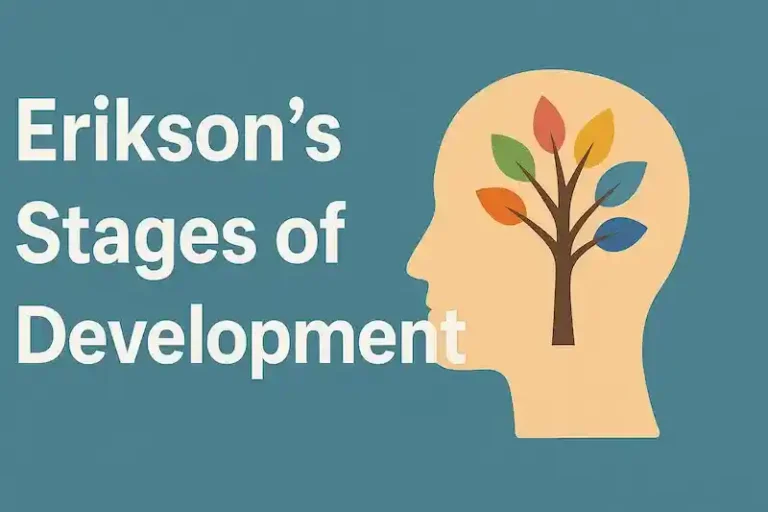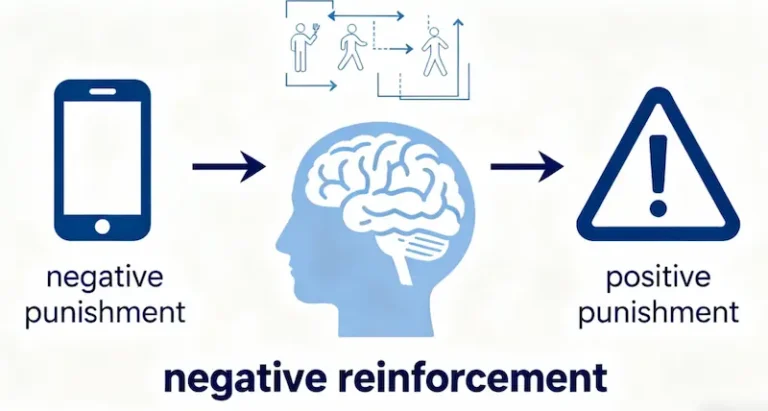Alexithymia: What It Is, Key Signs, and How to Interact With Someone Who Has It

Table of Contents
Have you ever had a conversation with a friend where they seemed upset, but kept saying “I’m fine” no matter how much you asked? Or maybe a family member who struggles to share pride, sadness, or frustration—even when something big happens? At work, you might’ve encountered a colleague who blows up at the first sign of disagreement, or disappears entirely when a project hits a snag.
If these scenarios sound familiar, you might be dealing with someone who has alexithymia—a psychological trait that makes recognizing, describing, and understanding emotions incredibly difficult. For many Americans, alexithymia flies under the radar; it’s not a “mental illness” in the traditional sense, but it can strain relationships, cause miscommunication, and leave both parties feeling frustrated. Let’s break down what alexithymia is, how to spot it, and how to protect your own well-being when interacting with someone who has it.
What Is Alexithymia? A Psychological Definition
First, let’s clarify: Alexithymia isn’t a diagnosis like anxiety or depression—it’s a personality trait, often described as an “emotional blindness.” The term comes from the Greek words “a” (without), “lexis” (word), and “thymos” (emotion)—literally, “without words for emotion.”
According to the Diagnostic and Statistical Manual of Mental Disorders (DSM-5), alexithymia is characterized by two key challenges:
- Difficulty identifying and describing one’s own emotions (e.g., saying “I feel weird” instead of “I’m anxious about my presentation”).
- Trouble recognizing and responding to others’ emotions (e.g., missing that a partner is hurt after a fight).
Think of it like a barrier between the inner self and the outside world. Someone with alexithymia might feel something—stress, joy, anger—but they can’t name it or explain it to others. When a coworker shares good news, for example, they might nod and say “that’s cool” instead of “I’m so happy for you”—not because they don’t care, but because they can’t access the language to express that care.
A 2022 study published in the Journal of Clinical Psychology found that approximately 10-15% of the U.S. population has mild to moderate alexithymic traits, with more severe cases affecting about 2-3%. This means you’re likely to encounter someone with alexithymia in your personal or professional life at some point.
Key Signs of Alexithymia to Watch For
Recognizing alexithymia starts with noticing patterns in behavior—not just one-off moments. Below are the most common signs, tailored to how they play out daily life (e.g., at home, in the office, or in friendships).
1. Emotional Outbursts at Home, Silence Around Others
People with alexithymia often “let loose” only in safe, familiar spaces—like with family—and clamp up around strangers, coworkers, or even close friends. This is because they can’t process or manage their emotions, so they release pent-up tension where they feel “safe” from judgment.
For example: Imagine Sarah, a teacher, has a stressful day dealing with a difficult student. She doesn’t recognize her own frustration—she just feels “on edge.” When she gets home, her partner accidentally leaves a wet towel on the counter, and Sarah snaps: “Can’t you ever be responsible?!” She’s not mad about the towel—she’s mad about her day—but she can’t connect those two feelings. Around her colleagues, though, Sarah is quiet and reserved; she never mentions her stress.
2. Shutting Down or Disappearing During Conflict
When faced with tension—whether it’s a fight with a partner or a work disagreement—someone with alexithymia’s first move is often to escape. They don’t know how to talk through their emotions or understand the other person’s perspective, so they avoid the problem entirely.
Take Mike, a marketing associate. When his team debates a new campaign idea, Mike disagrees but can’t explain why—he just feels “this won’t work.” Instead of sharing his concerns, he says he’s “not feeling well” and leaves the meeting early. Later, he ignores team messages and skips the next check-in. He’s not being rude; he’s overwhelmed by emotions he can’t name.
3. Low Empathy and Defensive Reactions
Empathy—putting yourself in someone else’s shoes—requires understanding emotions. For people with alexithymia, this is a major challenge. When others share feelings, they might dismiss them or get defensive, because they can’t relate.
Suppose Lisa tells her roommate, Jake (who has alexithymia), that she’s sad about a breakup. Jake might say, “Why are you crying? It’s not a big deal” or “Just get over it.” He doesn’t mean to be cruel—he genuinely can’t grasp why Lisa is upset. If Lisa says, “You’re being insensitive,” Jake might get angry: “I’m just being realistic!” He sees his response as logical, not unkind.
4. Aggressive or Passive-Aggressive Communication
Without the words to express emotions, people with alexithymia often communicate through tone or actions—usually in ways that push others away. Their speech might sound “sharp” or “confrontational,” even when they’re just trying to ask a question.
For example: Maria, a nurse with alexithymia, needs a coworker’s help with a patient chart. Instead of saying, “Can you assist me with this when you have a minute?” she snaps, “Why haven’t you finished this chart yet? I need it now.” Her coworker feels attacked, but Maria is just frustrated—she can’t separate her need for help from her underlying stress about the patient.
What Causes Alexithymia? Science-Backed Factors
Alexithymia doesn’t develop overnight—it’s shaped by a mix of childhood experiences, family dynamics, biology, and culture. Here’s what research (from institutions like the American Psychological Association, APA) tells us about its roots:
1. Childhood Emotional Neglect
Childhood is when we learn to name and value emotions. If a child’s feelings are ignored or dismissed, they learn to suppress them—and over time, they lose the ability to recognize them.
A classic example: A 7-year-old boy comes home from school crying because a classmate bullied him. His dad says, “Boys don’t cry—toughen up.” The boy learns that his sadness is “bad” and stops sharing it. As an adult, he can’t tell the difference between sadness, anger, or fear—he just feels “uncomfortable.”
A 2021 study in Child Development found that 60% of adults with moderate alexithymia reported experiencing emotional neglect as children, compared to 25% of adults without the trait.
2. Unhealthy Family Communication Patterns
Kids copy how their parents handle emotions. If a family never talks about feelings—e.g., “We don’t fight in this house” or “Keep your problems to yourself”—children grow up thinking emotional expression is wrong.
Consider a family where the parents argue silently: Mom gives Dad the “silent treatment” for days instead of talking about why she’s upset. Their daughter, growing up, learns that conflict means shutting down—not communicating. As an adult, she does the same with her partner: when upset, she stops talking entirely.
3. Biological Differences in the Brain
Science shows that people with alexithymia have subtle differences in brain structure and function—specifically in areas that process emotions.
The amygdala (the brain’s “fear center”) and the insula (which helps with self-awareness of emotions) are less active in people with alexithymia, according to a 2023 fMRI study in NeuroImage. This means their brains don’t “light up” as much when they’re exposed to emotional stimuli—like a happy movie or a sad story. They literally can’t “feel” emotions as intensely, or as clearly, as others.
4. Cultural and Workplace Pressures
American culture often values “stoicism” and “logic”—especially in male-dominated spaces like finance, tech, or the military. Phrases like “Keep calm and carry on” or “Don’t let emotions cloud your judgment” can pressure people to suppress feelings, leading to alexithymic traits.
For example: A male engineer in Silicon Valley is told by his manager, “Emotions don’t belong in meetings—stick to the data.” Over time, he stops acknowledging his stress, anxiety, or even excitement. Eventually, he can’t name those feelings anymore—he just feels “burned out” but doesn’t know why.
How to Protect Yourself From the Impact of Alexithymia
Interacting with someone with alexithymia can be draining. You might feel unheard, hurt, or confused. The good news is you can set boundaries and communicate effectively—without changing the other person. Here’s how:
1. Practice Patience (But Don’t Enable Unkindness)
First, remind yourself: Their difficulty with emotions isn’t your fault, and it’s not a choice. They’re not “being rude” or “ignoring you”—they’re struggling.
When they say “I’m fine” but act upset, try saying: “I notice you seem a little tense—we don’t have to talk about it now, but I’m here when you’re ready.” This gives them space without pushing.
But if they lash out (e.g., yelling, name-calling), set a boundary: “I understand you’re frustrated, but I won’t let you speak to me that way. Let’s take a 10-minute break and come back to this.”
2. Model Healthy Emotional Expression
People with alexithymia often don’t know how to express emotions—so show them. Share your feelings clearly, but calmly, to set an example.
Instead of saying, “You never help with chores,” try: “I felt overwhelmed tonight when I had to do the dishes alone—I would really appreciate it if you could help once a week. It makes me feel supported.”
This teaches them that emotions can be shared without conflict. Over time, they might start to copy this style (though it may take months or years).
3. Focus on Actions, Not Words
Since they struggle with verbal expression, pay attention to what they do, not what they say. A small action can be their way of showing care.
For example: If your partner with alexithymia never says “I love you” but always makes you coffee in the morning, that’s their love language. Acknowledge it: “I notice you make me coffee every day—it means a lot to me. Thank you.” This helps them feel seen, and it helps you recognize their effort.
4. Encourage Professional Help (Gently)
If their alexithymia is hurting your relationship (e.g., constant conflict, emotional distance), suggest therapy—but frame it as a way to both feel better, not as a “fix” for them.
Try saying: “I’ve been feeling a little disconnected lately, and I think talking to a therapist together could help us understand each other better. Would you be open to trying that?”
Cognitive Behavioral Therapy (CBT) is especially effective for alexithymia—it helps people learn to identify and label emotions. According to the APA, 60-70% of people with mild to moderate alexithymia see improvement with CBT.
5. Prioritize Your Own Emotional Health
You can’t “fix” someone else’s alexithymia—and you shouldn’t try. It’s important to take care of your own feelings, too.
- Talk to a friend or therapist about your frustrations (this prevents resentment from building up).
- Set aside time for activities you love (e.g., hiking, reading, painting) to recharge.
- If the relationship is toxic (e.g., constant emotional abuse), it’s okay to step back. Your well-being matters most.
CTA
Alexithymia isn’t about being “cold” or “unfeeling”—it’s about being stuck, unable to access the emotional language the rest of us take for granted. When we understand that, we can stop taking their behavior personally and start building more compassionate connections.
As the American poet Maya Angelou once said, “Understanding is the first step to acceptance, and only with acceptance can there be recovery.” For someone with alexithymia, recovery might mean learning to name their emotions; for you, it might mean learning to meet them where they are—without losing yourself in the process.
What about you? Have you ever interacted with someone who has alexithymia? How did you handle it? Share your story in the comments below—your experience could help other readers navigate similar relationships. And if you found this guide helpful, share it with a friend who might be struggling with a loved one’s emotional distance. Together, we can turn confusion into understanding.







What i do not understood is actually how you’re not really much more well-liked than you might be right now. You are so intelligent. You understand therefore significantly relating to this matter, made me in my view imagine it from so many varied angles. Its like women and men are not involved until it is one thing to accomplish with Woman gaga! Your individual stuffs excellent. At all times maintain it up!
Excellent overview